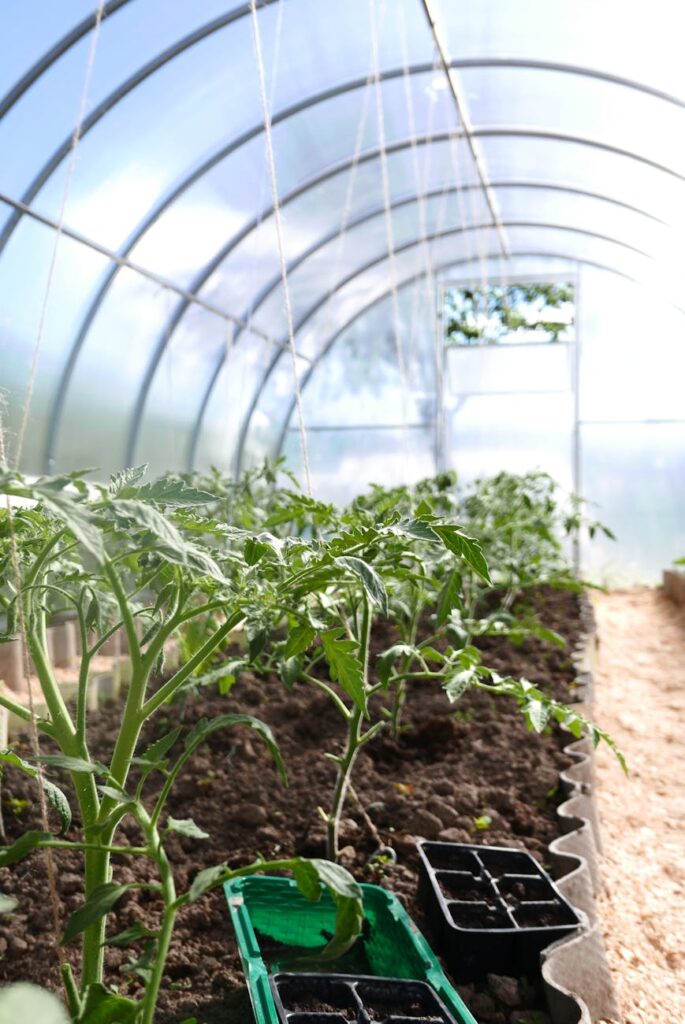Greenhouse covers play a crucial role in creating the ideal environment for plants, especially when it comes to thermal insulation. By understanding the benefits of effective greenhouse coverings, gardeners and farmers can optimize their growing conditions and ensure healthy, thriving plants.
What Are Greenhouse Covers?
Greenhouse covers are materials used to shield plants from external elements while allowing light to penetrate. They come in various forms, including plastic films, glass panels, and shade cloths. Each type offers unique benefits, but the key factor to consider is thermal insulation.
The Role of Thermal Insulation in Greenhouses
Thermal insulation is essential for maintaining a stable temperature within the greenhouse. A well-insulated greenhouse minimizes heat loss during colder months and retains warmth, which is vital for plant growth. Here are some ways effective greenhouse covers enhance thermal insulation:
1. Material Matters
Different materials provide varying levels of insulation. Polycarbonate panels, for instance, are known for their excellent thermal performance, providing up to 40% more insulation than traditional glass. This can significantly reduce heating costs while promoting optimal plant growth.
2. Minimizing Heat Loss
During the night, heat can escape quickly from a greenhouse. High-quality greenhouse covers with insulating properties help retain this heat, ensuring that plants are not exposed to sudden temperature drops. This stability is critical for nurturing delicate seedlings and heat-sensitive crops.
3. Regulating Temperature
By using thermal screens or double-layered coverings, gardeners can create a buffer zone that regulates temperature fluctuations. This is particularly beneficial in regions with extreme weather, as it provides a consistent environment for plant development.
4. Energy Efficiency
Investing in effective greenhouse covers not only benefits plant health but also contributes to energy efficiency. By reducing the need for supplemental heating, growers can lower their energy bills while also decreasing their carbon footprint.
Choosing the Right Greenhouse Cover
When selecting greenhouse covers, consider the following factors:
- Climate: Choose materials that suit your local climate conditions. For colder regions, prioritize insulation; for warmer climates, consider reflective materials to reduce heat buildup.
- Plant Requirements: Different plants have varying light and temperature needs. Tailor your greenhouse cover choice to meet these requirements effectively.
- Durability and Maintenance: Look for materials that are resistant to UV rays and weathering to ensure longevity and minimize maintenance costs.
Conclusion
Greenhouse covers are an investment in your gardening success. By enhancing thermal insulation, they help maintain optimal growing conditions, save energy, and support healthy plant development. Whether you’re a hobbyist or a commercial grower, selecting the right greenhouse cover can make a significant difference in your yield.
For more information on choosing the best greenhouse covers for your needs, check out this detailed guide and explore options that suit your unique growing environment.
Originally posted 2024-10-23 11:16:07.

